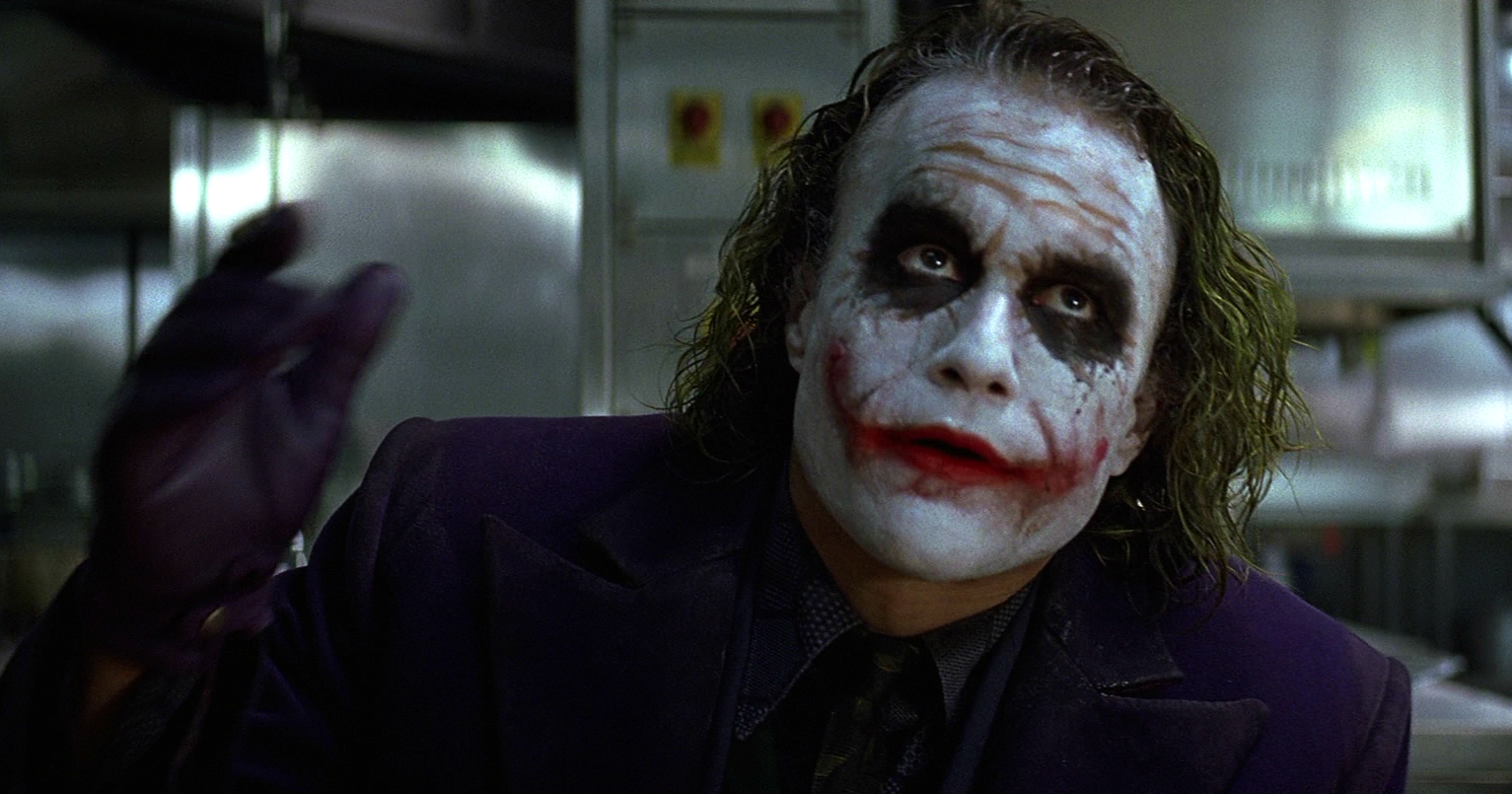Mise- en - scene makes up the main elements that adorn any scene, whether from a thriller or not. The components of Mise-en-scene are broken down into six main areas which can be remembered using the word C.L.A.M.P.S.
C ostume L ighting A cting M ake up P ositioning S et
Costume
 |
| The main antagonist from Die Hard |

Equally this image portrays Bruce Willis starring in the same film, 'Die Hard'. Again the audience swiftly identifies Willis as the protagonist as he is wearing a white vest, white connoting goodness, purity, light and hope.
Lighting

Traditionally most thriller films will use low - key lighting as is shown in the accompanying image, it is effective in creating a dark, intense feel to a scene, low-key lighting also often gives a shot a greyish hue which contributes to creating a sinister and foreboding atmosphere to the scene. Moreover, low-key lighting enables the director to keep the audience slightly disorientated and therefore can increase the element of surprise and tension.
Acting
 Acting is arguably the most influential element of mise- en - scene as the acting, through body language, dialogue and facial expression sets the over all tone of the entire film. Within the Thriller genre, lots of close -ups are used to enable the audience to see the characters' facial expression/ reaction which builds tension and suspense for the audience. For example, the accompanying picture shows how facial expression can convey a tone or emotion to the audience, as the characters' evil expression ensures that the audience fear him and gives a strong sense of foreboding that he may harm other characters.
Acting is arguably the most influential element of mise- en - scene as the acting, through body language, dialogue and facial expression sets the over all tone of the entire film. Within the Thriller genre, lots of close -ups are used to enable the audience to see the characters' facial expression/ reaction which builds tension and suspense for the audience. For example, the accompanying picture shows how facial expression can convey a tone or emotion to the audience, as the characters' evil expression ensures that the audience fear him and gives a strong sense of foreboding that he may harm other characters. M ake up
P ositioning
The positioning of a character within a shot is incredibly important. Where a character or object is placed tells the audience much about them and their importance to the scene. The position of a character within a shot can also indicate much about their representation and stereotypes, for example within this image the woman is further forward in the shot, only her torso is shown whereas the threatening character behind is in full view, his whole body is shown including his powerful stance, connoting that he is inferior to the smaller, weaker woman.
S et
 The set and props of a film tell the audience much in regards to location, country it is set in, time period, wealth of the character and more. The props and set also help contribute to the tone of the film and create, in the case of most thrillers a tense atmosphere. For example, the image to the right depicts an empty warehouse with soldiers and guns - making the audience wonder whether the set is in fact some kind of army base. The set of a film is crucial, as are the props - as typical iconography of the thriller genre such as guns and knives - help the audience to identify the film they are watching as a thriller.
The set and props of a film tell the audience much in regards to location, country it is set in, time period, wealth of the character and more. The props and set also help contribute to the tone of the film and create, in the case of most thrillers a tense atmosphere. For example, the image to the right depicts an empty warehouse with soldiers and guns - making the audience wonder whether the set is in fact some kind of army base. The set of a film is crucial, as are the props - as typical iconography of the thriller genre such as guns and knives - help the audience to identify the film they are watching as a thriller. Sources: Google images, www.slideshare.com, www.elementsofcinema.com, collegefilmandmediastudies.com



No comments:
Post a Comment